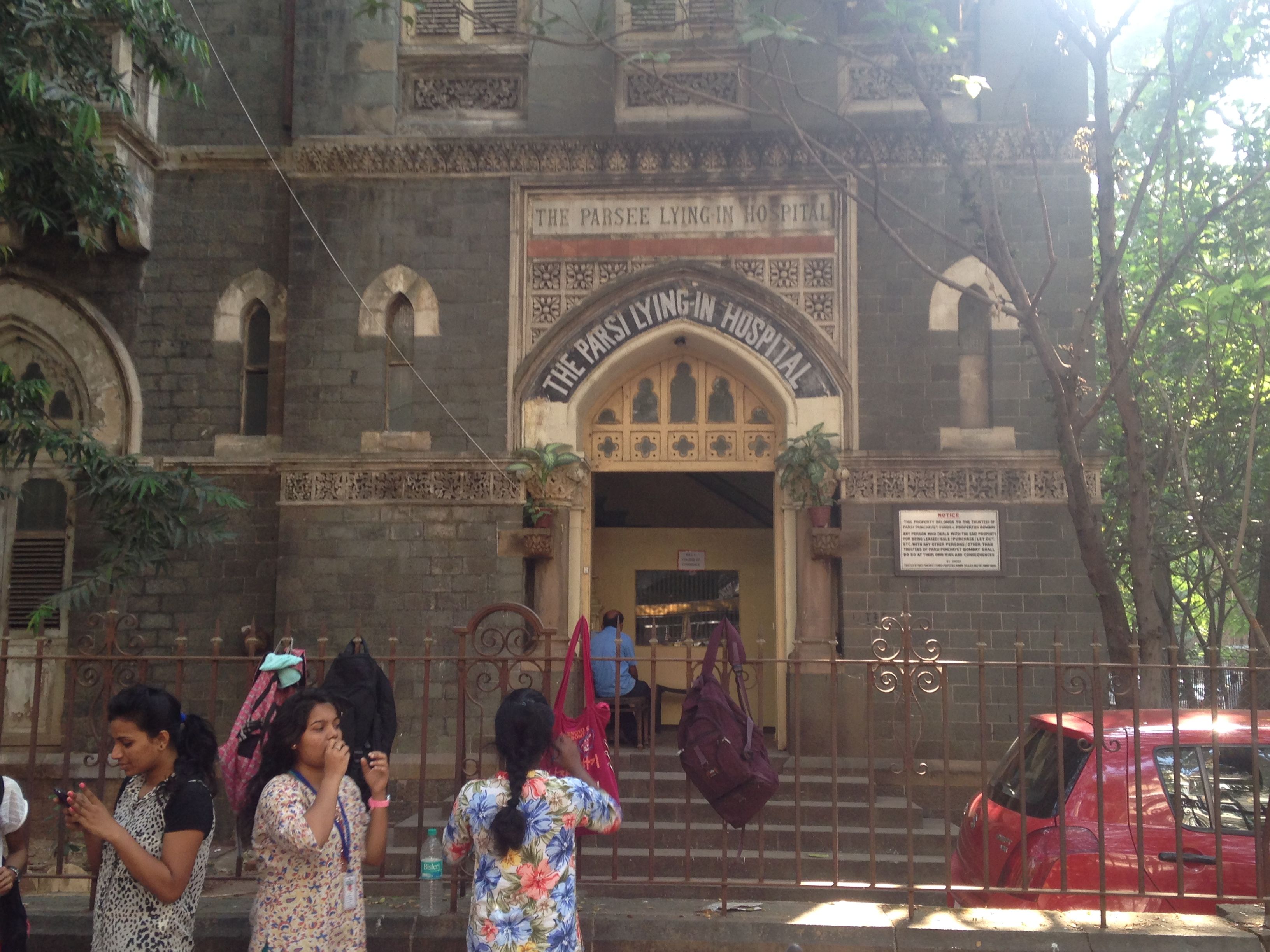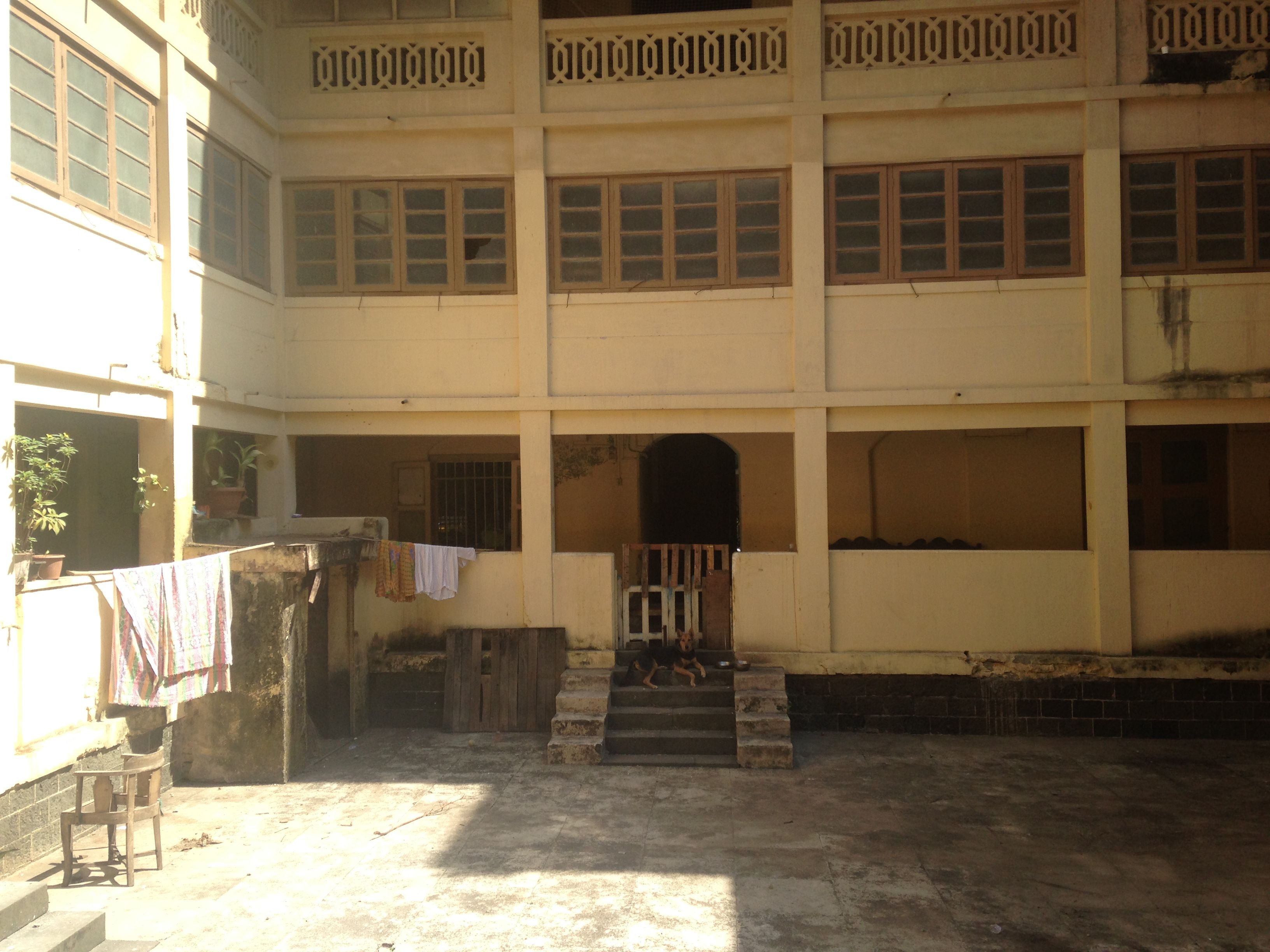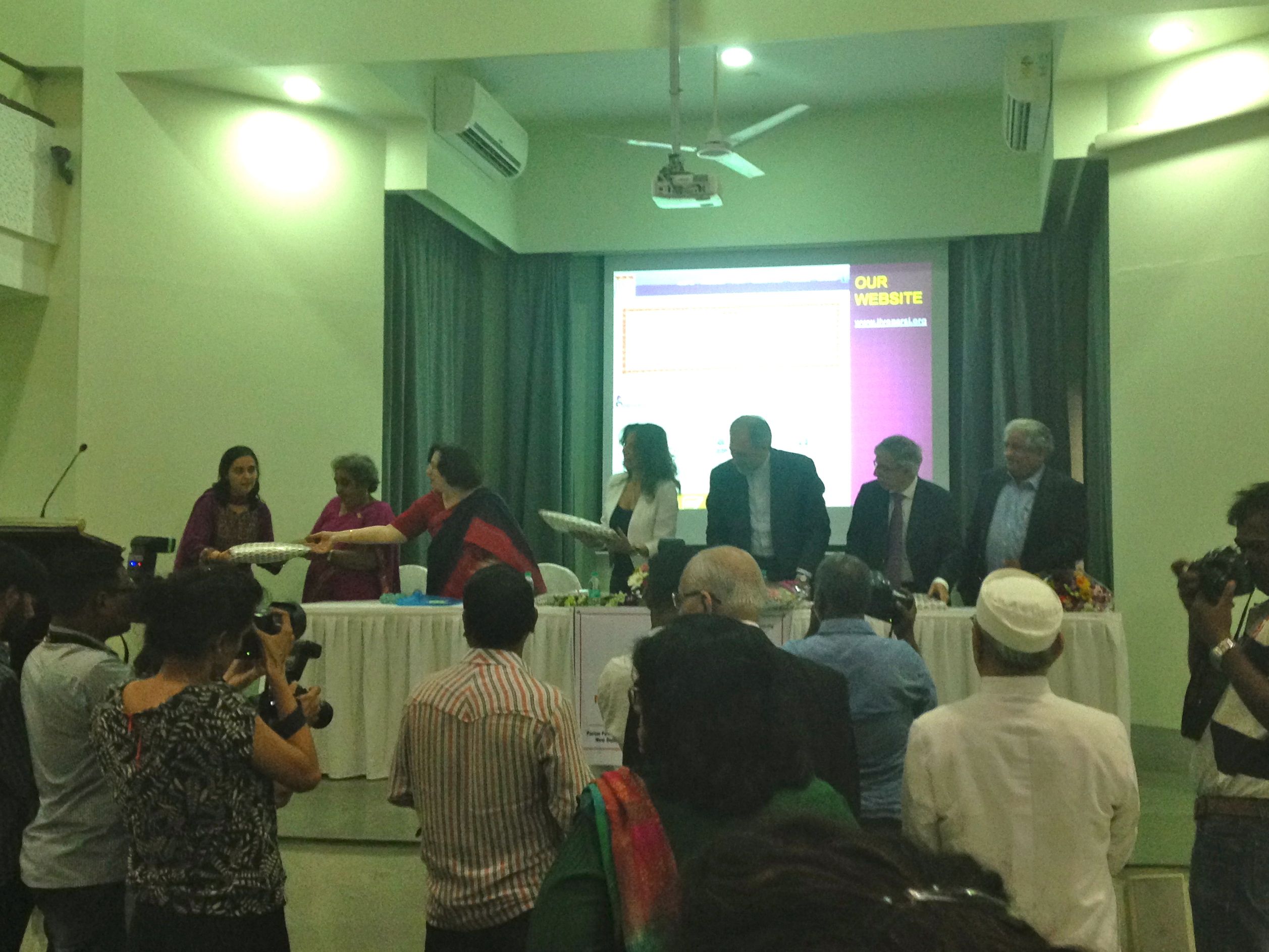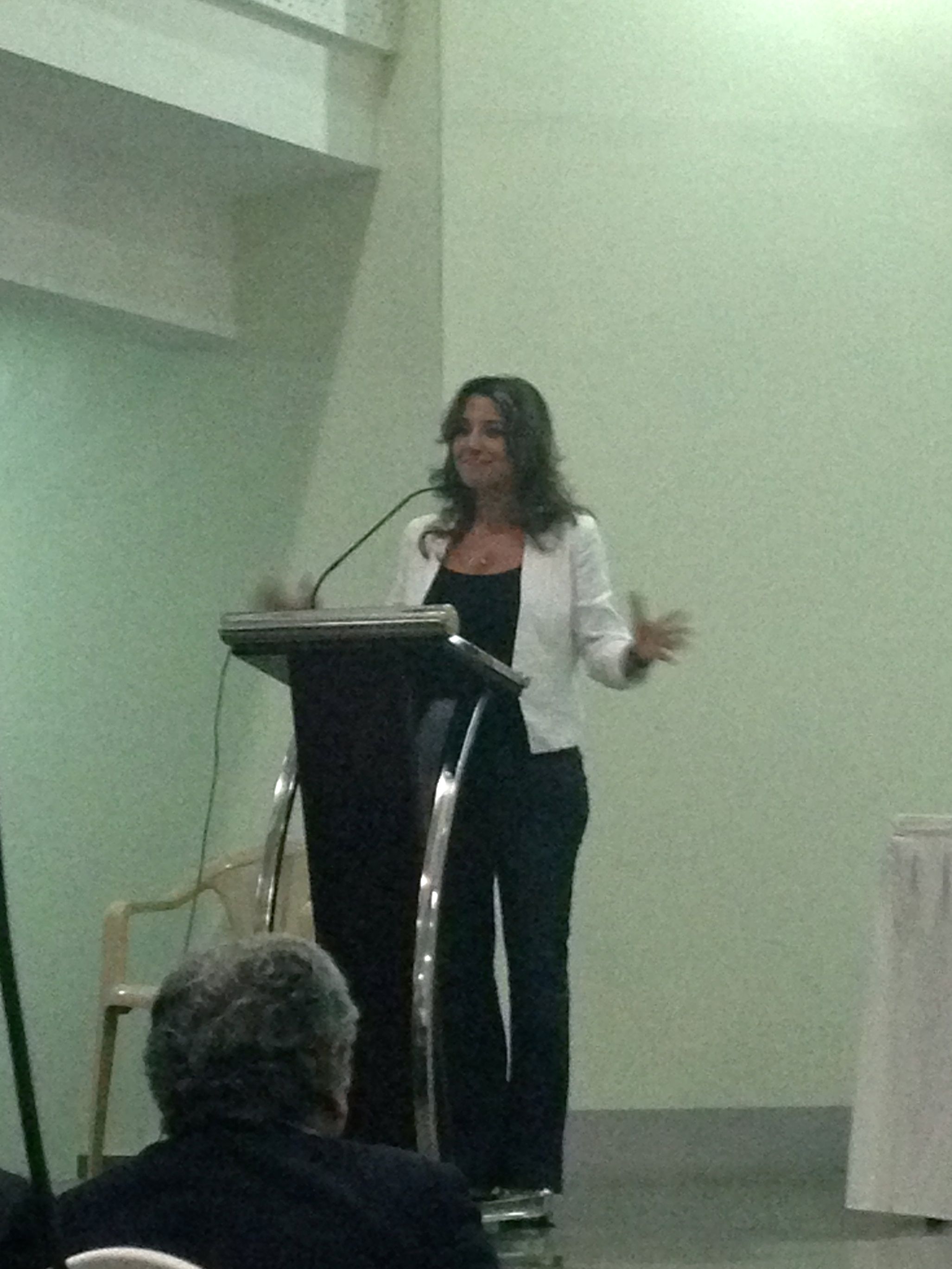At 1.2 billion people, India’s population has quadrupled since the nation declared independence in 1947. Demographers predict it will become the world’s most populous country in less than two generations. India first created its controversial national family planning program in the 1970s, and government still offers incentives—and, sometimes, encourages sterilization —to reduce its fertility rate.
But late last year, India’s Ministry of Minority Affairs earmarked 100 million rupees to help grow the population of one of its tiniest minority groups, the Parsis.
The U.N. took note of the Parsi population decline in the 1990s and commissioned Shernaz Cama, one of the community’s scholars, to gather records of Parsi culture—songs in their Gujarati dialect, poems illustrating their Persian homeland, prayers in the long-dead language Avesta and recipes for mutton dishes. As she and her team traveled through the northern state of Gujarat, where most of India’s Parsis lived until a few generations ago, they were struck instead by barren, crumbling homes and villages populated only by the elderly.
“After nine years [of research], we had data, and we realized our birth rate was 0.88 per married couple. We are 30 percent unmarried and 30 percent without a child. We were actually in a very desperate strait,” Cama said. “They [UNESCO] were quite blunt about what they had to say: ‘Why is your community hell-bent on committing suicide?’”
The Parsis’ ancestors arrived in India from Persia in the seventh century and lived in isolation for a millennium. They rose to prominence and wealth under British rule and founded companies like Tata and Godrej that continue to dominate India’s economic landscape. But while India’s population exploded after independence, the Parsis’ count peaked at around 114,000 people in 1941.
Though the Parsis never accounted for more than half a percent of India’s population, today, only about 60,000 members of their community remain. Approximately half are older than 60, and most couples have one or no children. Demographers predict that population will halve again by 2050—and because they are among the world’s only practitioners of Zoroastrianism, an ancient Persian faith, the religion could fade with them.
Cama and her UNESCO team, called Parzor, have joined with the Indian government to launch "Jiyo Parsi.” The scheme, which took effect in December 2013, funds an ad campaign that encourages young Parsis to marry. Jiyo Parsi also offers counseling and fertility treatment for Parsi couples.
“It’s a heritage thing,” said Nilufer Vevai, a 30-year-old orthodontist. “We were born into this religion, and if we do a little bit to give it an impetus and to push it, it can go a long way toward continuing, and maybe not getting close to being extinct.”
Vevai is part of Jiyo Parsi’s target demographic: a young, unmarried woman eager to pass on her heritage. Like many Parsi women, she is highly educated and has established a career; now, she recognizes the reality of her shrinking community and is eager to combat the trend.
“We are getting smaller, fine, the number of deaths are more than births, fine, but it’s best to be positive,” she said. “Our forefathers had ten, eight, five [children]. I can manage three.”
Indeed, most Parsi women would have to have three children to keep the Parsi population at its current size. The fertility rate, less than one child per couple now, would have to triple. Siblings are so rare that, when Parsi twins were born last fall, the story was national news.
Further, one in three Parsis will marry someone of another faith, which could exclude their children from the Zoroastrian faith and, legally, from identifying as Parsis. Part of Jiyo Parsi’s mission is to encourage Parsis to marry one another, then to have children.
There are myriad reasons for couples to ignore Jiyo Parsi’s prodding, however. Parsi women attain much higher levels of education than women nationwide, so many begin careers before marrying in their thirties. Most of India’s Parsis live and work in densely populated Mumbai, surrounded by people of other faiths, whom they meet and often marry. Housing and education are also very costly.
“I have three kids myself, I know how hard it is, educating them,” said Pearl Mistry, who counsels couples for Jiyo Parsi. “Fears are economic, more than anything else, economic and career. Your career comes first.”
“We all want to do our part, but I personally don’t know anyone who’s availed of those schemes,” added Murad Currawalla, 32, a visual effects producer and Parsi youth leader. “Most of the families I know would stick to having one kid. Some might say, okay, let’s have another kid and do our part. But do you really want to have a third kid? Especially in our community, we stress a lot upon education… And a flat in Mumbai today, how many kids can you squeeze in there?”
Mumbai is a mega-city, notoriously crowded and growing more so. Like the villages in Gujarat Cama saw with her team, Mumbai bears many marks of Parsi history: statues of industrialists, streets named for economic giants and hospitals and schools that once served Parsis of all ages.
Most Parsi schools and hospitals remain private, but accept children and patients of all faiths. Some simply sat empty for decades before the need for real estate forced their conversion to office space or apartments.
Mumbai is also India’s most expensive city. The Bombay Parsi Punchayet, Mumbai’s most prominent Parsi charity, aims to combat fears about the cost of raising children by paying 3,000 rupees per month to couples with two children and 5,000 per month to couples with three. The group launched a fertility scheme a decade ago and credits it with 230 Parsi births to date.
Jiyo Parsi, partly modeled on the BPP’s program, hopes to assist in at least 200 births by 2017. The program’s counselors have met with at least 100 couples so far.
But the scheme hopes to reach as many Parsis as possible. Parsi-owned international PR agency Madison World—which managed communications for the victorious Bharatiya Janata Party (BJP) national political campaign in 2014—offered to design an ad campaign pro bono. The irreverent, full-page proofs, unveiled in the fall, will run in Parsi newspapers and magazines this year.
The campaign even recruited Parsi actress Perizad Zorabian, who’s well known in India for TV and film roles, to talk to young people about marriage and raising children. She has two.
“I just wish that 25 years ago I’d had someone [like Perizad] talking to me,” Cama said. “I think her work-life balance, when we see it… I really have rethought my own career path and my own one child.”
A few passionate Parsis and powerful brands disseminate Jiyo Parsi’s message, amplifying it as they go. But in reality, many young Parsis will marry people of other faiths. Others are likely to move abroad, and still others may choose to raise just one child.
Average couples in India have 2.5 children according to 2012 UNICEF data. The national birth rate has been falling since the nation’s 1947 founding, but India continues to preach family planning to the vast majority of its citizens.
Though 100 million rupees is a tiny fraction of the Ministry of Minority Affairs budget, itself a tiny fraction of the national budget, it represents the government’s interest in preserving the Parsi community. The Parsis were, in many ways, the founding members of India’s economic elite, a growing class in the nation today. According to Mumbai’s Centre for Advancement of Philanthropy, Parsis manage at least 1,000 registered charities, including many very small trusts but also several nationwide assistance programs.
“Our Indian identity is of course very strong, but in between there’s a little bit of Zoroastrian identity, which everyone loves,” said Noshir Dardawalla, who directs the Centre for Advancement of Philanthropy and formerly served on the Bombay Parsi Punchayet. “Perhaps because we are small, people like us even more. Nobody wants the Parsis to go away. We are like the little salt on the egg which adds taste.”
Like Murad Currawalla, the 32-year-old youth leader, Dardawalla questions the power programs such as Jiyo Parsi have over young minds.
“I would fear that if somebody did an impact assessment, it would be poor,” Dardawalla said. “Every effort counts, so let us say thanks to these initiatives because every year, even if there are ten marriages in the community, who are we to sit in judgment?”
But that’s the skepticism Jiyo Parsi hopes to overcome by engaging celebrities and glossy ad campaigns and meeting couples in personal counseling sessions.
Parsis have been aware of their precipitous population decline for decades. Now, Jiyo Parsi hopes to cultivate enough ethnic and religious pride to lead young Parsis to action.
“Our ancestors, to save our religion, to save our community, left Iran and came all the way here and dispersed all over the world to try to save our religion,” Vevai said. “We have to give back to our community, because it has given us so much.”







